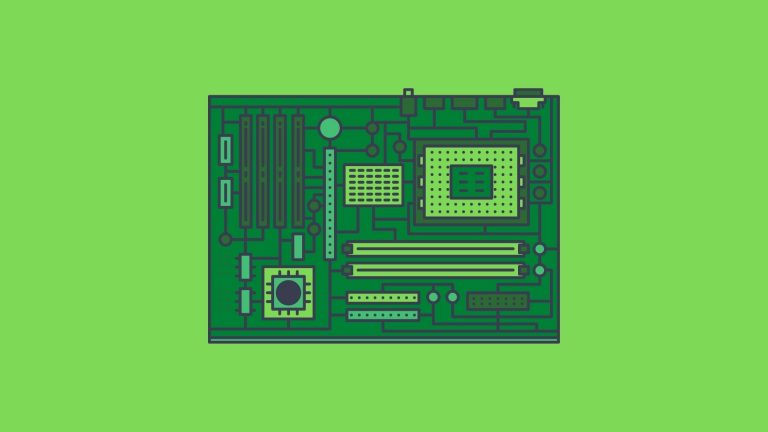Table of Contents
A motherboard essentially acts as a bridge between all other components of your PC. It allows all other parts such as the RAM, CPU, and graphics card to receive power and perform their designated functions effectively.
Table could not be displayed.Now that you know how important a motherboard is, you would probably know for yourself its’ importance to gamers. Gamers need smooth performance, without lag and frame rate drops, and to get such a performance the most optimum motherboard must be chosen.
Determining the right one for yourself can be a difficult task, particularly with the plethora of choices that are available in the market, but today we bring to you a comprehensive guide that you should use while purchasing the right gaming motherboard for your PC.
Or you can check our buyer guides for choosing different kinds of motherboards. Best B450 Motherboard for AMD Ryzen, Best Motherboard for Ryzen 7 3700x, OR Best Motherboards for Ryzen 5 3600.
Things You Need to Know Before Choosing the Right Motherboard for Your PC
CPU and CPU Socket

The first thing that you need to check is the CPU socket required. Socket types include Intel LGA 1151 and the AMD AM4. Therefore, before you go ahead purchasing your motherboard, make up your mind on what processor you are going for.
The type of processor will help you filter out some of the motherboards available in the market. It is better that you go for motherboards with LGA and PGA sockets; they support Intel and AMD processors, and the best part about them is that they allow you to upgrade your CPU easily, unlike other types such as the BGA available in the market.
Remember CPU is a critical part of the whole set-up too, so don’t be too haphazard in purchasing the motherboard, do your research on the type of processor you’ll be going for first.
Also read: Best Motherboard for i7 9700k
The Form Factor
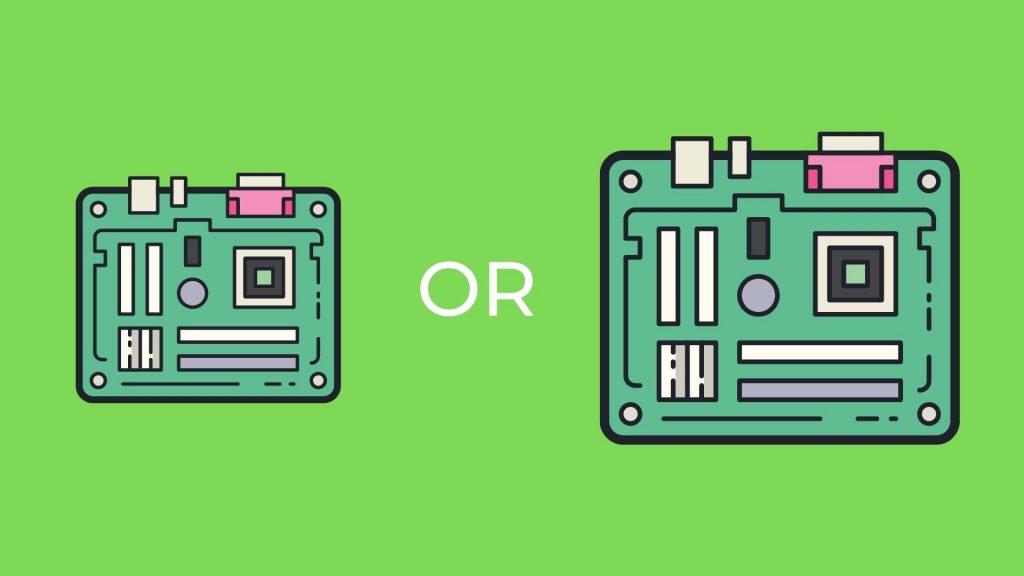
Make sure you get a motherboard that would fit nicely into your PC casing. There are certain sizes available, including the ATX, Micro ATX, and the Mini ATX.
Usually, the generic and standard size is the regular ATX, and it fits into most of the PC casings, including the modern tower shapes which have a lot of doodads attached to them.
The mini and micro ATX are usually used in smaller PCs which are made keeping a certain degree of portability in mind.
The features do shrink down as the size does, but the smaller motherboards are also going to be a gentler hit to your pocket, so you need to keep your budget and the required performance and particularly customizability and upgradability required.
RAM Compatibility
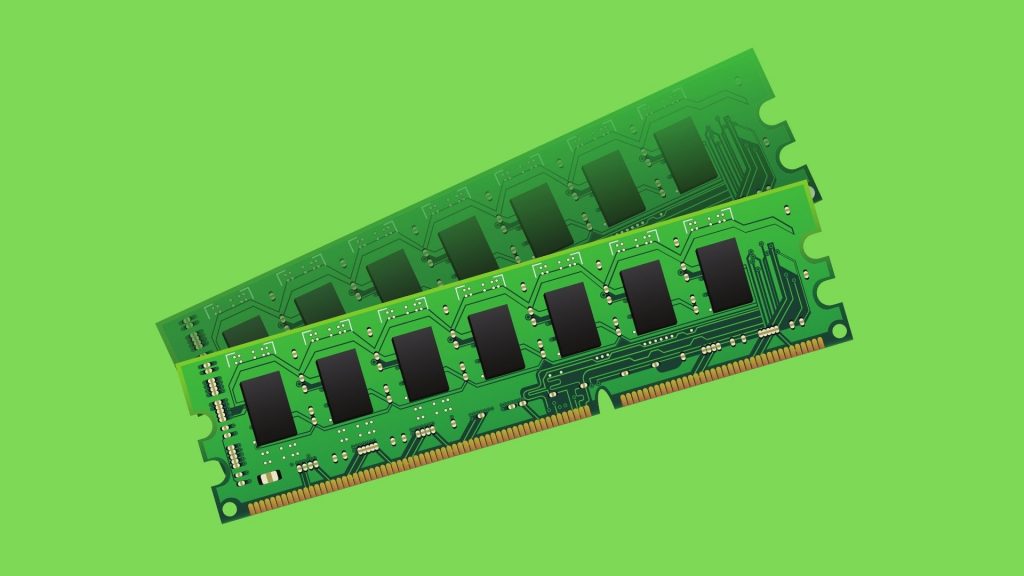
With regards to RAM, you need to check from four different perspectives; RAM type, RAM Speed, RAM Capacity, and RAM slots. Too much information to absorb in a go, right? Don’t worry, we’ll break it down.
The different types of RAM available in the market are DDR4, DDR3, etc. currently, the newest generation is the DDR4, but the next version is set to launch in just a few months.
Motherboards support only certain types of RAMs, so make sure you get the motherboard that complies with the latest type of RAM.
In a very similar manner, motherboards have a constraint with regards to the RAM speed. Pro-gamers would often want the fastest RAMs out there, so make sure the motherboard does support the speed you’re looking for.
The capacity, as the name suggests, deals with the memory that the motherboard can handle in a go. It’s better to go with motherboards that can take up to 128 GBs for the highest performance.
And lastly, the number of slots is essential. The standard motherboard has 4 slots, but the mini and micro versions are usually laded with 2 slots, so get the one that you actually need.
PCI and SATA Slots
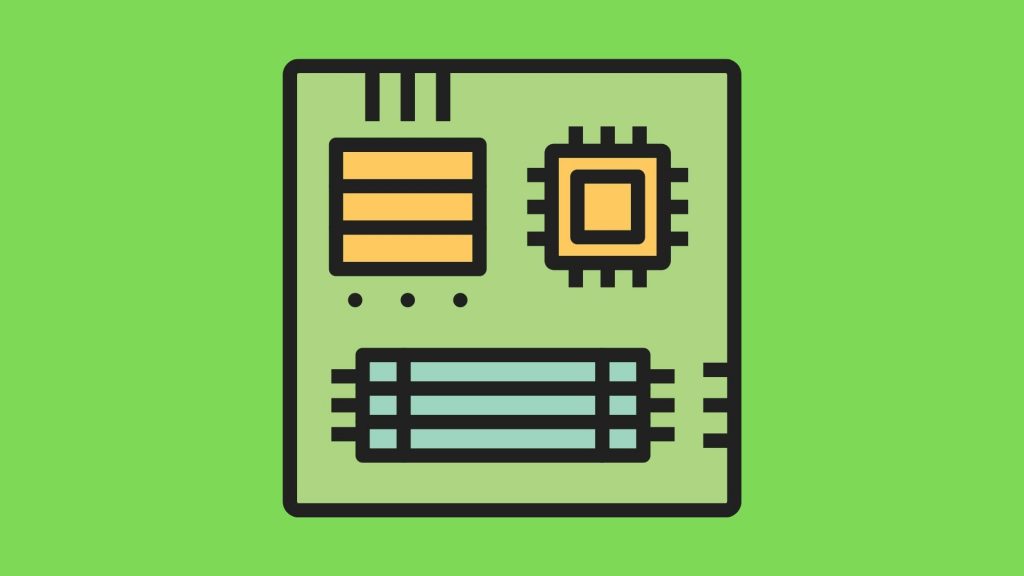
Apart from the main slots such as RAM and Processor, you should also look for additional slots like the PCI in your motherboard. They allow for expansions to be made and are quite essential for the gamers since you would need to put different graphic cards in them.
The higher the number of PCIs, the better. Other cards, such as audio and Wi-Fi adaptors can also be placed into these slots, thus improving the overall experience of your PC.
SATA ports help increase the storage of your system by allowing optical and external drives to be connected to the built-in memory. In the modern era, you should at least have a SATA 3.0, which offers 6 GBs of additional memory to be connected to the original built-in one.
Contrarily, if you do not want to go for special slots, you can buy motherboards that come with features such as Wi-Fi and audio in-built support. The quality of these features can be arguable, so it is better to go with the motherboards that come with several slots.
Aesthetics and Outlooks
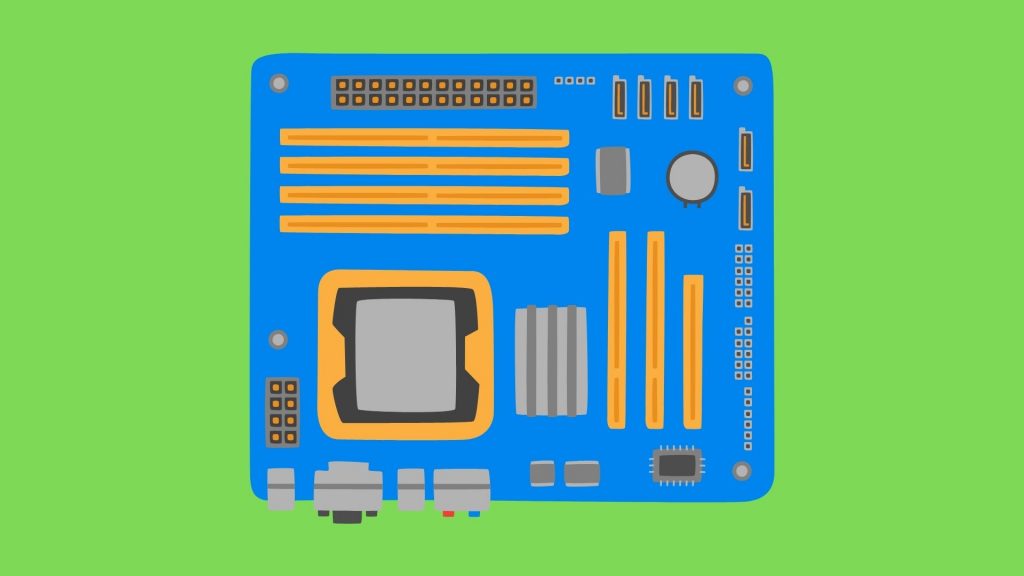
Once the internals is sorted out, you may be wondering about the embellishments that each motherboard can comply with. If the case that you have opted for is a fancy one with glass windows and all, you should get a motherboard that has a better look to it, particularly the one that comes with the RGB lights. This makes the whole system look far more aesthetic and lessens the clustering that a lot of other PCs have.
If you are new into the industry, try and get motherboards that aren’t too clustered so you can easily plug-in/plug-out switches and extensions easily when required. Motherboards with SATA ports to the side and lesser wires are going to be a better choice for newbies, so they can disassemble their systems easily in case the need arises.
Conclusion
As a whole, getting the right motherboard is very important, and with the help of the aforementioned guidelines, you’ll be able to get the right one for yourself. Some people get confused by the number of manufacturers that are offering their boards; it’s better to go with the good old biggies of the industry, particularly if you are a heavy user and reliability is a must-have thing for you. It is also recommended to make demos of the boards you’re considering before finally investing.
